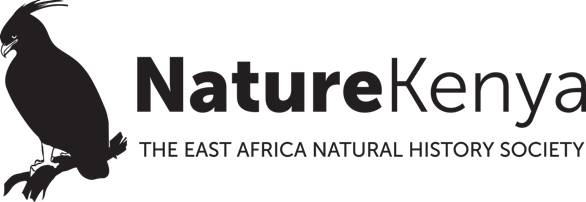The Tana River Delta is a biodiversity-rich wetland habitat that boasts of several unique animal species. One of these species is the endemic Labeo sp. Nov. ‘Baomo’ fish listed as Vulnerable in the International Union for Conservation of Nature (IUCN) Red List of Threatened Species.
Researchers from Kenya Wetlands Biodiversity Research Team (KENWEB) are undertaking a project in the Delta aimed at conserving the Labeo sp. Nov. ‘Baomo’ fish species through securing its habitat. The project, funded by the Rufford Foundation, seeks to mitigate, reduce and, where possible, eliminate adverse impacts of illegal, unreported and unregulated (IUU) fishing in the Tana Delta floodplains.
The project team embarked on its first conservation activity in August 2021. The team conducted fish sampling at Lake Shakababo to collect scientific information on Labeo sp. Nov. ‘Baomo’. The species belongs to the family Cyprinidae and was left unnamed due to inadequate data and specimens. During the field activity, the team did not manage to capture samples of Labeo sp. Nov. ‘Baomo’. However, fishermen reported the presence of the species at the lake.
The team sampled seven other fish species at the lake, including Gregori’s Labeo, East Coast/Tana Squeaker, Silver Catfish, Sabaki Tilapia, Sharp-tooth Catfish, Tana Bulldog and Red-fin Robber. These represent seven of 44 fish species recorded in the entire Tana Delta wetland ecosystems, indicating a high diversity of fish species.
In addition to sampling, the researchers also conducted a community education and awareness workshop with fisherfolk, pastoralists, farmers, and traders at the Tarassa trading centre in Tana Delta. A discussion on the importance of enhancing river connectivity with the floodplain wetlands and the need to strengthen the Lake Shakababo Beach Management Unit (BMU) to undertake monitoring, control, and surveillance of local fishing activities took place during the workshop.
Unsustainable fishing and the use of inappropriate gear were cited as hindrances to the growth of the local fisheries during the discussion. Fisherfolk further reported the invasion of Prosopis juliflora trees onto fishing sites, calling for the clearing of dead stumps in the lake area to improve fishing efficiency.
Members of the Lake Shakababo BMU received 20 standard gauged gill nets, alongside other fishing accessories, from the researchers. The donation will go a long way in motivating fisherfolk to adopt sustainable fishing practices and protect the ecosystem they rely on for their daily livelihoods.
In subsequent field activities, the project will conduct habitat restoration activities at Lake Shakababo. Restoration will involve uprooting stumps of Prosopis juliflora in the lake. The team will continue to support the Lake Shakababo BMU to build its capacity in fisheries resource management.
